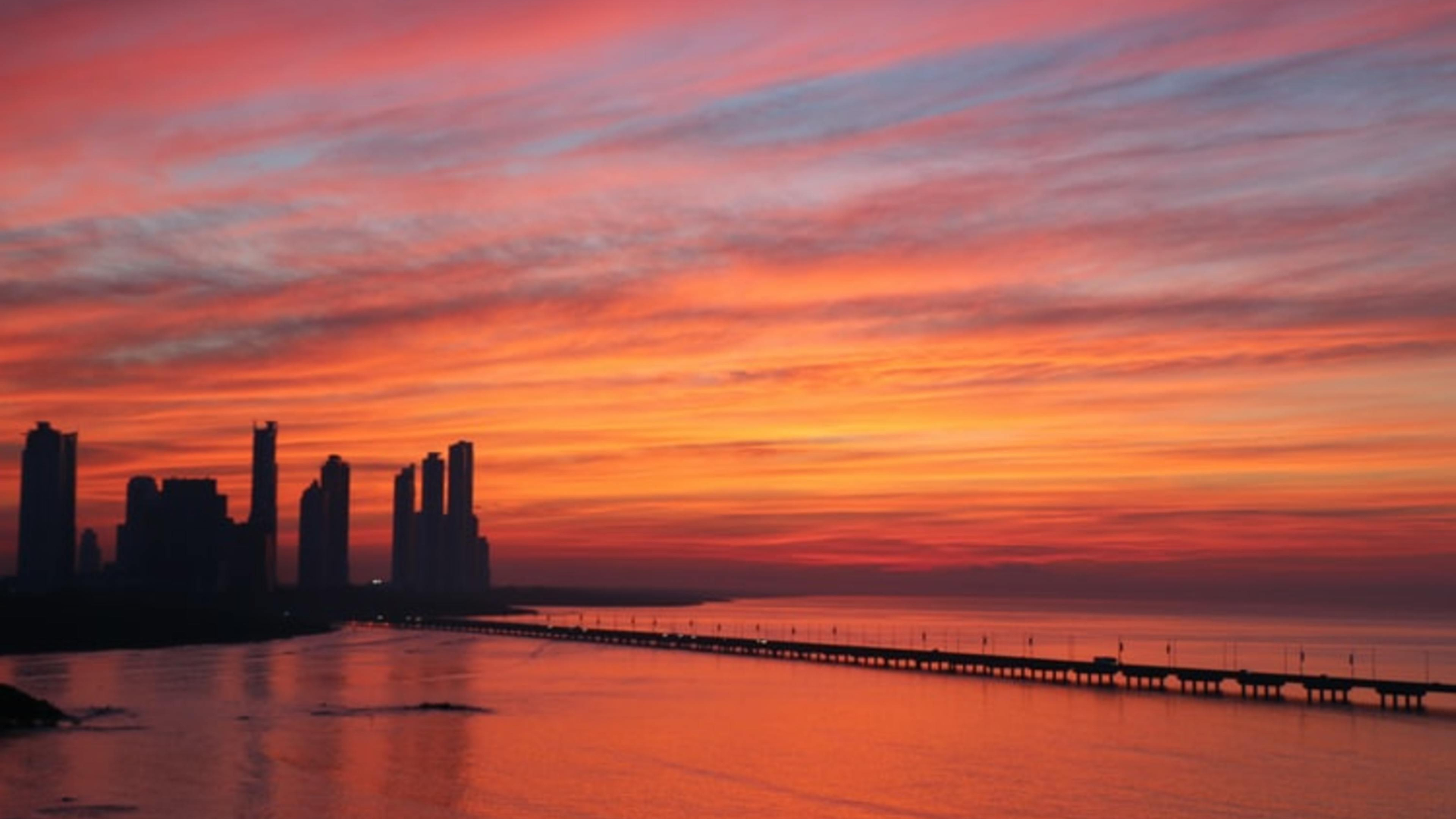Panama is often called the Jewel of Central and South America. I can see why. On my way to seeing my immigration lawyer the next morning after I arrived, I felt as if I was in Panama, FL. However, offices in some of these buildings are located inside hidden strip malls. They are accessible from the parking garage entry only. Looking at it from the outside, I didn’t know they were there.

The single access point from the street outside doesn’t reveal the perpendicular multiple entries leading to the various office levels lining up inside.
A bit confusing if you’re not used to it. A minor adjustment. Panama City is a modern metropolis with many tell-tale signs of an American town. Not quite, but almost. It’s still distinctly Central American.
Well-developed infrastructure with modern malls, shopping strips, restaurants, and office buildings dominate the city landscape, often quite a contrast to the suburbs, countryside, and of course, Casco Viejo, the scenic old town of Panama City. But that’s no different than what we see anywhere else.
The shopping experience
I was pleasantly surprised on my first visit to the supermarket. If it weren’t for the Spanish labels, I could have been fooled into thinking I was at an American supermarket, with many U.S. products and some Panamanian unknowns.
Supermarket food prices are slightly higher than in the U.S. or Europe, especially meat, butter, and imports, although the variety is impressive. Super 99 is one of the more reasonably priced supermarkets, and I have stuck with the market for the last two years, not least because of the fact it’s only a stone-throw away from my apartment. I paid in U.S. dollars, and got a mix of Panama balboa coins, quarters and dimes back for my change and handed the bagger half a dollar. The balboa doesn’t have currency notes. We conduct all business with U.S. dollars, which makes life much easier for people accustomed to the U.S.
There are countless convenience stores and street vendors selling fresh fruit, juices, and snacks; no 7/11s, though. Many little shops are locally owned and will sell anything from food to glue. It comforted that I could get certain products when I needed them in several pharmacies and drugstores.
Restaurants: Go local

I could be fooled into thinking it’s the U.S. Many U.S. chain restaurants are open for business, and their menus look much the same as in the States.
You won’t have to miss out on a TGI Fridays or Pizza Huts.
But the real treasures are the Panamanian, Columbian, Venezuelan, and Brazilian restaurants with their unique choices and unmistakable Latino flair.
There’s no escaping the fact you’re in Central America. And that still puts a smile on my face.
A service-oriented culture
The average service level is great in U.S. franchise stores and chains and the small local stores. However, some larger Panama-typical stores offer a service culture that wouldn’t last a New-York minute in the States. Some personnel’s grumpiness and indifference can disappoint, but I have found that if I at least TRY to use my meager Spanish AND if I smile, people suddenly brighten up, and their helpfulness ticks up a notch or two. Overall, prices for U.S. consumer products are 1.5 to three times higher than those in the States. You still can buy all the goodies directly from the U.S.
I haven’t touched on other interesting aspects of life in Panama, such as family values, the general sun-fueled-cheerful attitude of Saturday afternoons, getting around town and government business, some of which I will write about in my future blogs.
If you have a specific question about life in Panama, please drop me a comment or ping me in chat, and I will respond quickly.
by: LP Wirth


